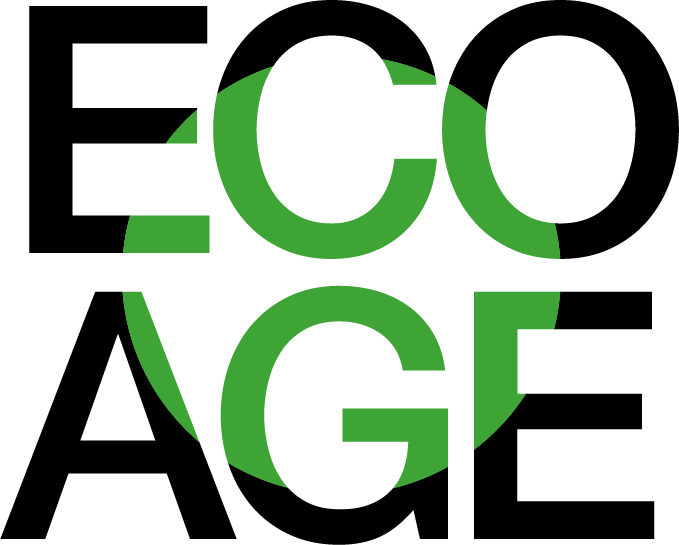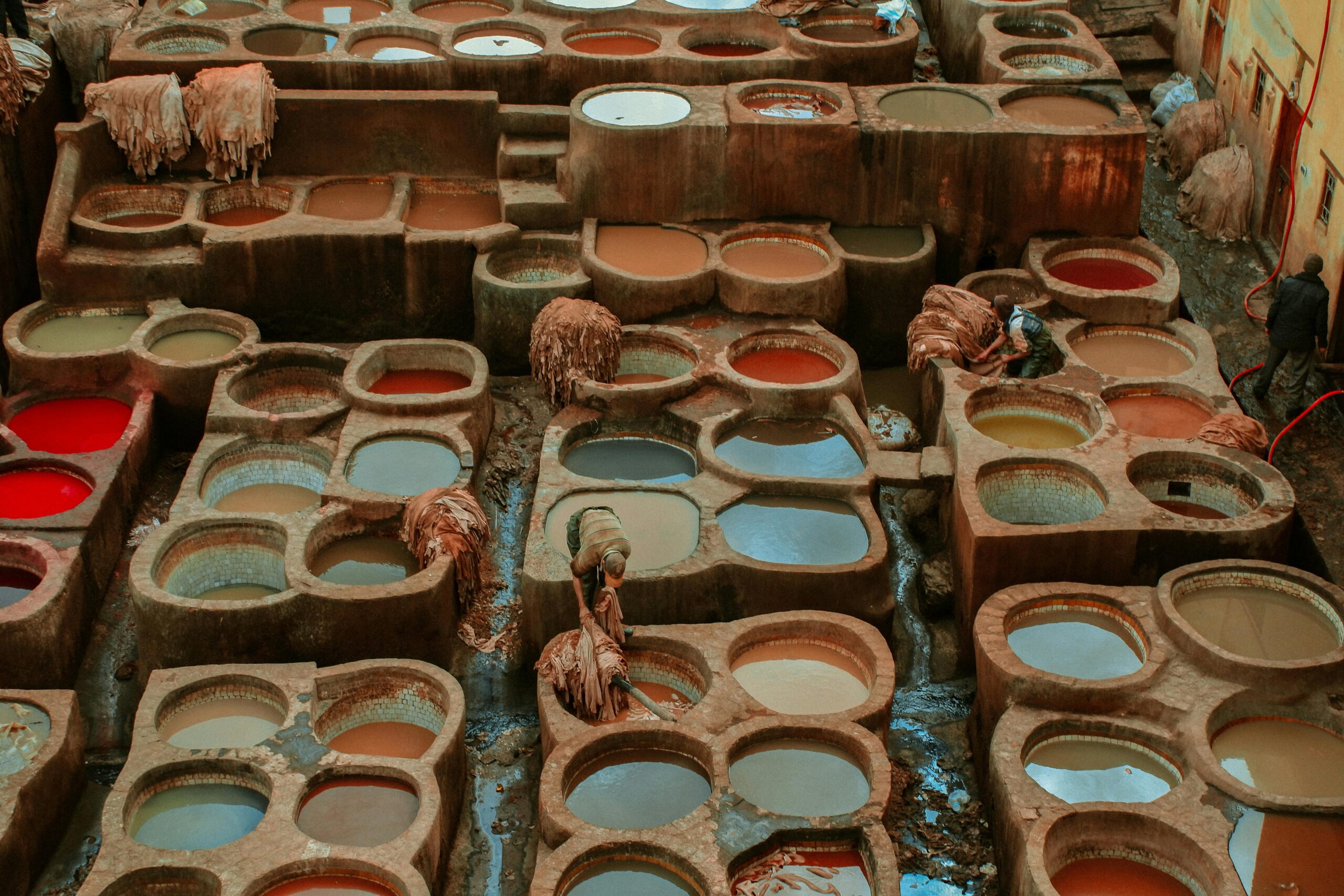Using social media as a soapbox, advocates for animal leather are trolling alternative materials and ‘vegan’ labelled materials by branding them plastic.
‘Leather is a byproduct of the meat industry’ ‘Leather is natural’ or ‘Leather is sustainable’
Using phrases like the ones above, animal leather champions are on a media blitz.
But they are lying to you. None of these declarations fit the reality of how animal-derived leather is made, how it’s sold or how the economic system it plays a key part in actually functions.
The truth is that leather is valuable and it has a high impact on the planet. Organisations like the advocacy group Is It Leather?, International Leather Maker and COTANCE are just a few names in a large network trying to obscure these facts and reframe their $500 billion industry as an underdog. It is even promoted as a bulwark against plastic pollution where “vegan leather” is the strawman – and leather a force for good, in step with nature.
“Water consumption of the leather industry is estimated at around 400 billion litres per year, which puts it in the same league as the global tech industry – even with increased demand from AI datacentres.”
But leather tanneries pollute waterways and soil with chromium, nitrogen and various other damaging organic and inorganic matter. These alter the balance of nature and in some cases even starve wildlife of oxygen.
Around 80% of wastewater is released without adequate treatment, and reports suggest that untreated wastewater can contain up to 3000mg of chromium per litre.
As for working with nature, water consumption of the leather industry is estimated at around 400 billion litres per year, which puts it in the same league as the global tech industry – even with increased demand from AI datacentres.
The problem doesn’t end with liquid effluent. In India alone, the second-largest exporter of leather goods behind China, over 50 million metric tonnes of solid matter waste are produced, 10%-15% of which is deemed “highly hazardous.”
This chemical output alone calls into question any idea that the industrial manufacture of leather is a “natural” process.
The same goes for the final product, 40% of which is “corrected grain leather” – a material which has been treated to minimise naturally-occurring imperfections, finished with synthetic dyes and polyurethane.
These are the same chemicals which organisations like Is It Leather? rightly single out as problematic in “vegan leather” alternatives.
Even if this were not the case, tanneries cannot reasonably be separated from the more emissions-intensive parts of the process, nor of course from the prescient questions around animal rights facing the meat and dairy industries, which account for 14.5% of global GHG emissions and over 300 million slaughtered cows.
The notion that leather is a byproduct because it uses animal hides that would otherwise be destroyed is a convenient fairytale.
Not only are between 40–50% of untreated hides and skins reportedly discarded as waste from leather tanneries, these hides are not simply a gift from one distinct market to another.
With 7.3 million tonnes of animal hide sold to the leather industry at a price of $90 per tonne, these transactions contribute significantly to the meat and dairy industries’ profits and actively encourage continued overproduction. Leather is not a byproduct but a co-product.
Stopping short of acknowledging this, animal leather advocate and industry insider Simon Neifer, points to industrial-scale production and consumption as an issue. “If there’s an overproduction issue, then it’s overproduction in the, in the meat industry.” Neifer says. But this is basic supply and demand: as long as the leather industry requires animal hides to create its product at huge volume, the meat industry will continue operating on the same level and scaling up to meet demand.
Frequently sharing posts from Is It Leather? to his LinkedIn page, Neifer also helps push the narrative that “vegan leather” alternatives are “just plastic” – an outdated view which wholly ignores plastic-free biomaterials and plant-based leathers – as well as animal leather’s own plastic content. (is this after it has been treated)
Questioned about this, Neifer concedes that the problem isn’t actually the composition of alternative leathers and their effect on the environment, but what he deems to be misuse of the word “leather” at all. The issue, essentially, is branding.
Neifer tells Eco Age: “With the term leather itself, the definition is animal based. It cannot co-exist with the word ‘vegan.’ Yes, we accept vegan, we like vegan, we even have people that are vegans in the leather industry, but the terms ‘vegan’ and ‘leather’? They’re completely different.
“The term ‘leather’ is being used leather because of the luxury and quality it reflects – something that we’ve built up over centuries. A lot of great things are happening with next-gen materials, but how they’re using the word ‘leather’ isn’t fair at all.”
Despite a modest following of 6,000 users, Is It Leather? boasts a loyal and engaged audience on LinkedIn where it seeks to influence business leaders in vital sectors such as fashion and automotive in favour of what it calls “real leather.”
It’s on Instagram, however – with a following of nearly 20,000 – that the organisation pushes its message to the wider public. Here, with a constant flow of data-less infographics, AI-generated imagery and unverifiable anecdotes, Is It Leather? produces content designed to scapegoat alternative materials and evangelise on behalf of the animal-derived leather industry.
A post from June this year even goes so far as to suggest that “vegan leather” has a higher toll on animal welfare than material made directly from animal skins.
It’s easy to see how a campaign like this could convince consumers who want to do the right thing by animals and the planet. With the benefit of knowledge, however, it’s equally easy to see how flimsy these arguments are. Blame is consummately shifted and accountability is nowhere to be found.
Karl Smith-Eloise is Features Director for Eco Age. He has worked as the EMEA Editorial Lead for HYPEBEAST and Editorial Director of FUTUREVVORLD, as a contributing editor to Highsnobiety, and for the fashion house FENDI. He now focuses exclusively on Earth-forward and ethical avenues in fashion, footwear and the broader culture.

